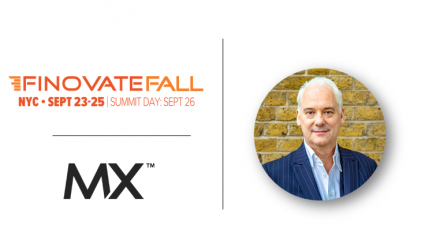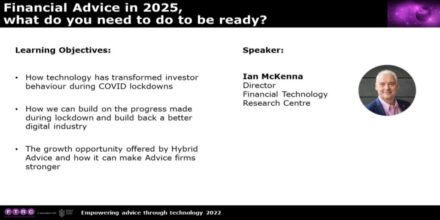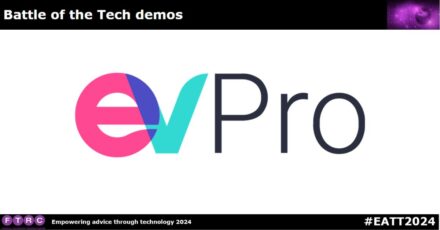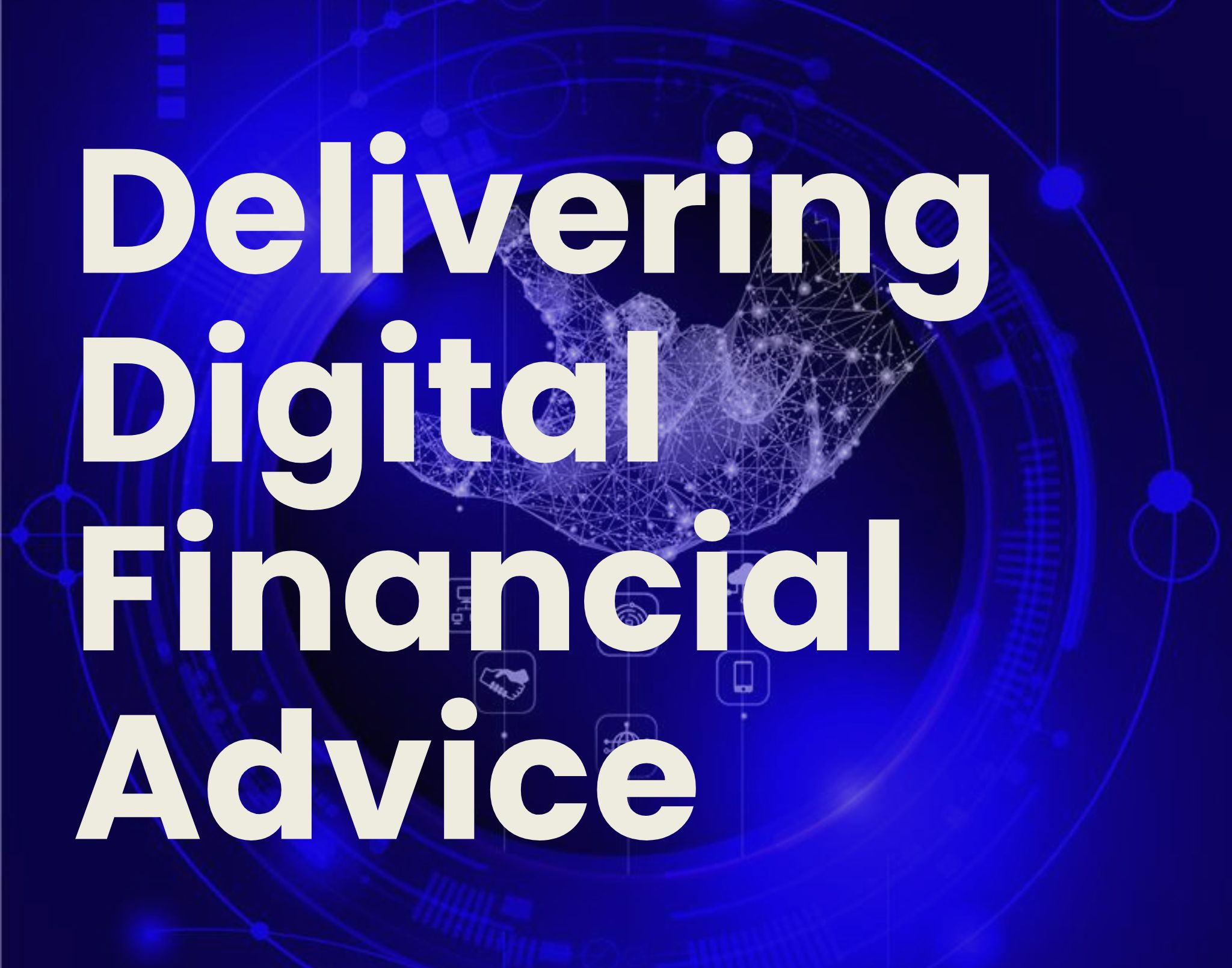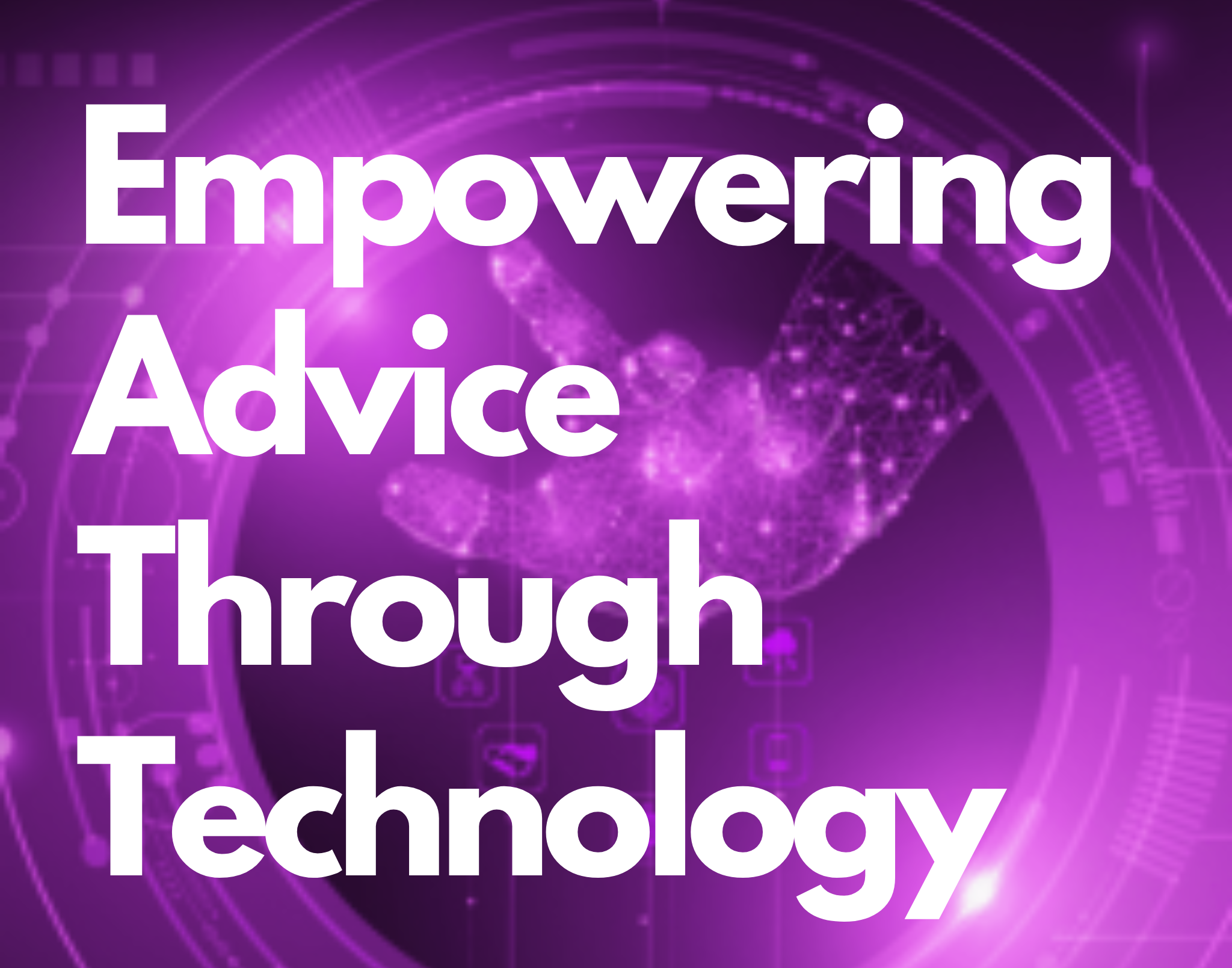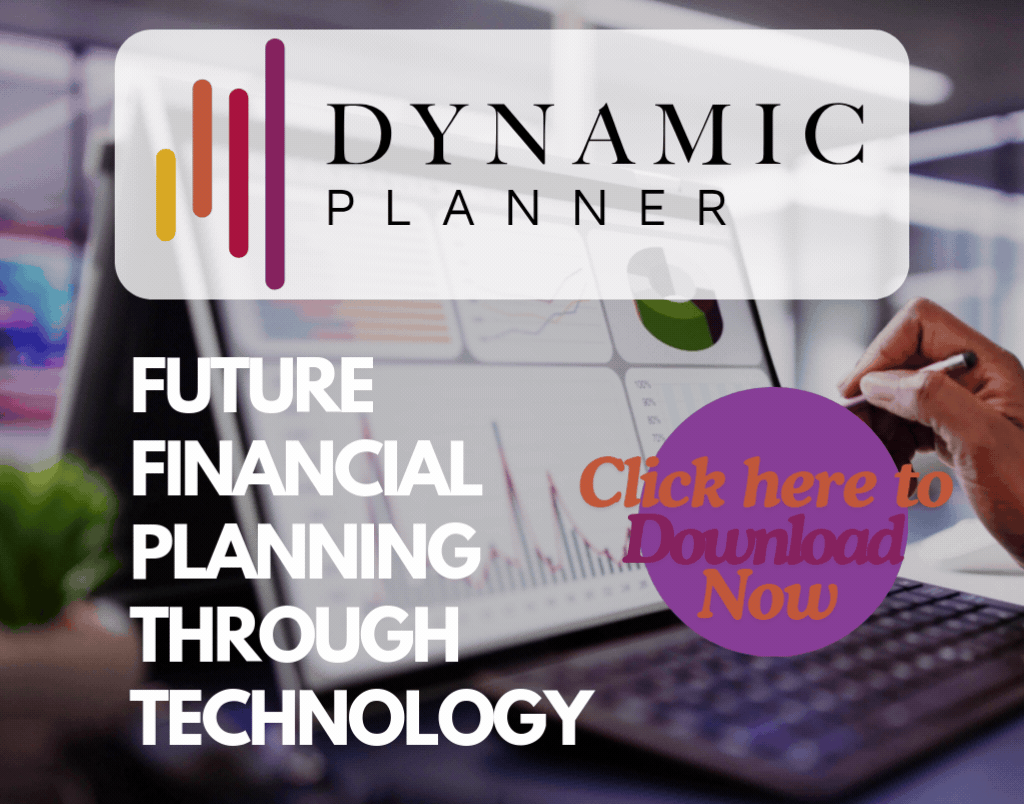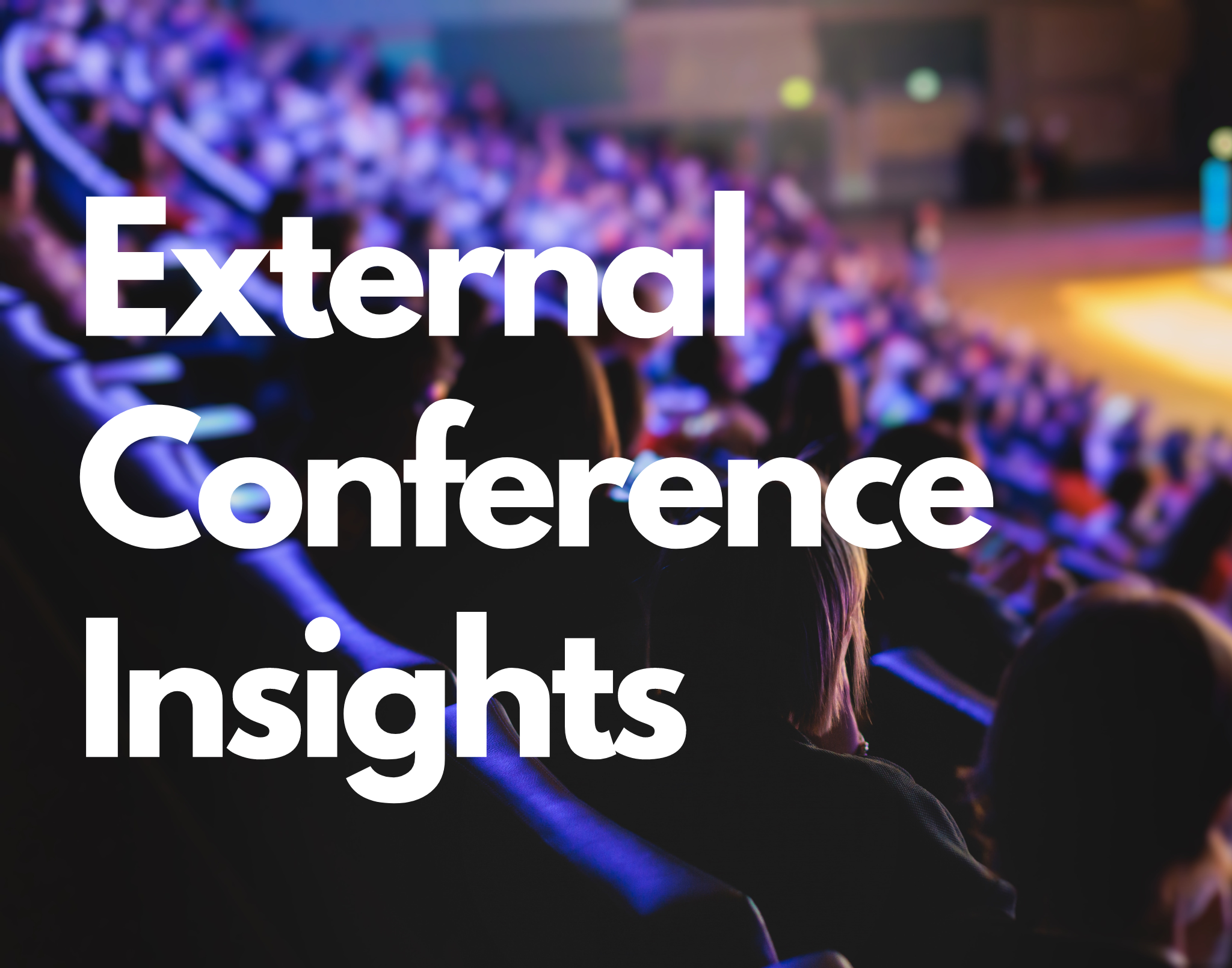This is the final post in our series covering the discussions from our April Investment Forum on technology and ESG, and featuring expert speaker Andy Pettit from Morningstar, Elena Philiopva from Refinitiv, and Terence Moll from 7iM. In this section, our participants looked at consumer views on ESG and how advisers can prepare for coming changes in the market and in regulation.
86% of our attendees reported that the session was very relevant to their organisation, and 71% found it to be very useful to their practice. The average overall rating for our Forum was 4.57 stars, with one of our participants commenting that it was “one of the best forum sessions I’ve attended – the audience were engaged and remained on topic and all speakers were excellent.”
In a bit less than 1% of the assets we have the clients have made a positive choice for an ESG stance. A lot of the interest for ESG is coming from the younger generation who don’t have a lot of money to invest, so there should be a lower cost solution for them to engage with it. ESG is a positive stance which makes it harder to filter down.
We experienced this and I looked at the figures for this a month ago. Fortunately, we work with clients who can afford to pay us and therefore it was a very different issue because they have generally got more money. So, it’s a bit more meaningful to take a green or an ESG approach. But there are a little less than 1% of the assets that we’ve got where clients have made a positive choice for that stance, and this ESG stance we’ve catered for. A lot of the interest around ESG has come from, not entirely, but a lot of it has come from the younger generation that generally don’t have much money to invest and therefore cannot afford the extra cost of filtering and working through this one. So that will take some time and years until they have enough money to be able to engage in this one fully.
But there needs to be some solution for them in their early years, which is at a lower price for lower value. For example, Vanguard’s LifeStrategy approach on an ESG basis, or something along those lines. That’s just our experience of it to date. And I agree with what Alan was saying earlier, the unprompted response is still quite low, but it is growing because the Greta and Attenborough effect is having an impact around the piece. I also find one other thing, that when it was ethical it was a negative filter, don’t invest in this. Whereas ESG is investing positively for a better future. It is pretty hard to filter the ESG approach with technology. Because it isn’t about you cannot do this, can you do that– it’s about taking a positive stance. And that’s a very different thing to try and use technology to filter down.
There’s a bit of reluctance to enter into a proactive ESG conversation with clients because they don’t have a clear enough framework to work with, so we’re working hard to try and give them that.
Ashley Janes:
Yeah, it was similar. I agree with Ian and Alan’s comments really– it is pretty low level in terms of client led interest and demand. And I think there’s also, to be fair for our advisers, there’s a bit of a reluctance to enter into the conversation proactively because they don’t really have enough of a framework yet to really have a meaningful conversation with the client around ESG. We’ve tried to help them with information and guides and stuff like that. But obviously we’re a restricted firm. So, you know, they haven’t got the whole of the market in terms of funds to access. So it is a bit difficult for them to proactively bring the conversation up.
So, yes, I agree. I think it is at the moment still quite low level demand from our clients that we’re seeing. But I agree with the sentiment. It’s the direction of travel. And, we’re working hard to try and improve how we can articulate this and basically give the advisers what they what they really want is just a strong framework which they can follow and have the discussion around ESG in, because I think once you open up the discussion, the client’s going to go, “well, yeah, great. I want to make sure that my investments are ticking the boxes, but I also want to make sure I’m still getting the performance I’m looking for,” and it’s having that framework. We can then take the client through and say, “right, okay. And the outcome is we’ve got a solution at the end of the journey.” There’s no point opening up the conversation when you then feel a bit exposed to what you’re going to advise on.
Figure things out before the regulation hits so you’re prepared. Some industries will be hit very hard or cease to exist, so how will that affect your advice to customers?
Start figuring it out for yourself before the regulation hits hard because it’s not something anyone can do overnight. Currently, ESG costs a premium. That’s true for everyone in the food chain. And it shouldn’t be that way. And I expect that these extra costs will over time fade away. But what is really clear and everyone should think about is the economic costs of ESG it all not yet vetted and priced and industries will cease to exist. Some industries will be hit very hard.
So just start asking yourselves, am I still comfortable knowing that this is the direction of travel, knowing that the economy is reshaping, fundamentally changing? I don’t know when, maybe in two years it’s going to look quite different. Maybe in five, maybe in ten. But I know that this is the direction of travel. What does that mean for my current recommendations to my customers? Am I still comfortable if I know that some industries– and some are more obvious than others– will not really exist in 10 years time?
So don’t do it right now because the regulators tell you to do it, the regulators don’t really tell you either. The regulators are trying to give you tools to start doing this on a voluntary basis, to start figuring out for your activities where you fall so that you understand where the risks are, where the opportunities are, and start introducing the process change that’s needed for any one of us. It will be a long process change for everyone. And it’s better to be proactive rather than passively wait, because the risk of being badly hurt if you just passively wait, I think is bigger.
What are key things advisers should be doing to prepare for the changes?
In a survey, our clients said they expected ESG returns to be comparable to non-ESG returns, and my suspicion is that this is possible.
Terence Moll:
Right. So the approach that we’ve taken is exactly the kind that’s been outlined, namely the direction of travel is clear. So let’s start implementing now and learn what we can along the way so that when the regulators do come in and prescribe, we will be ready. Just to me, that makes common sense.
In terms of giving up returns, in the last year, we did a survey of a lot of our clients, about 100 of our clients, and we asked them about just about everything we could think of about ESG and one of them was this exact question, “what kind of returns to expect?” And they replied, maybe this is no great surprise, they said “we expect ESG returns to be comparable to non-ESG returns.” In other words, they don’t want expenses to be higher or returns to be lower. And for us, we’ve spent a lot of time thinking about this. Is this possible?
My suspicion is that it is possible. Firstly, because ESG type of products are becoming larger and costs are getting squeezed down the way that they should be. So ESG is no longer an expensive premium type of product like it used to be. And in investment terms, the kind of stuff that ESG invest in tends to be the better company is doing better things, which quite frankly, I’d expect to outperform in the long run, which has pretty much been the case in the last 10 years.
And I think that there’s a lot of dirty companies like the fossil fuel companies, which are all going to go to zero over 10 or 20 years like US coal companies did from about 2010 onwards. And if you can avoid the really dirty horrors, I think that’ll add quite a lot to your portfolio anyway. And so I’m not convinced that you do need to give anything up.
Andy Pettit:
Think about how to have that suitability conversation. And part of that might be education and preparing ourselves using tools that are out there.
Elena Philipova:
I would end by saying that the cost of action is a lot lower than the cost of inaction in the long run.




